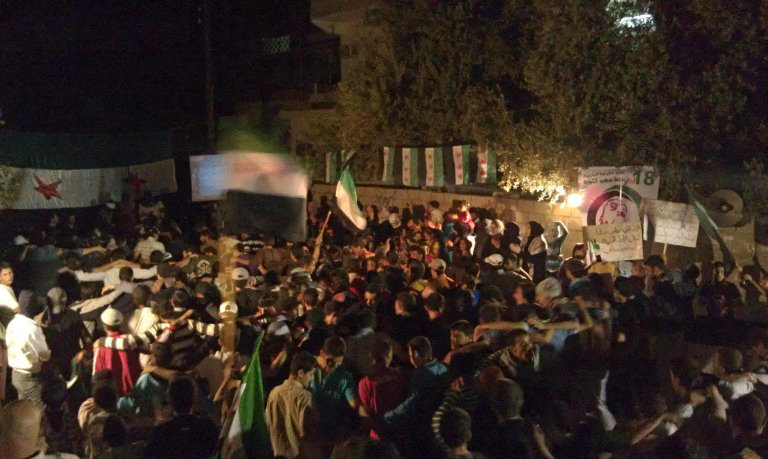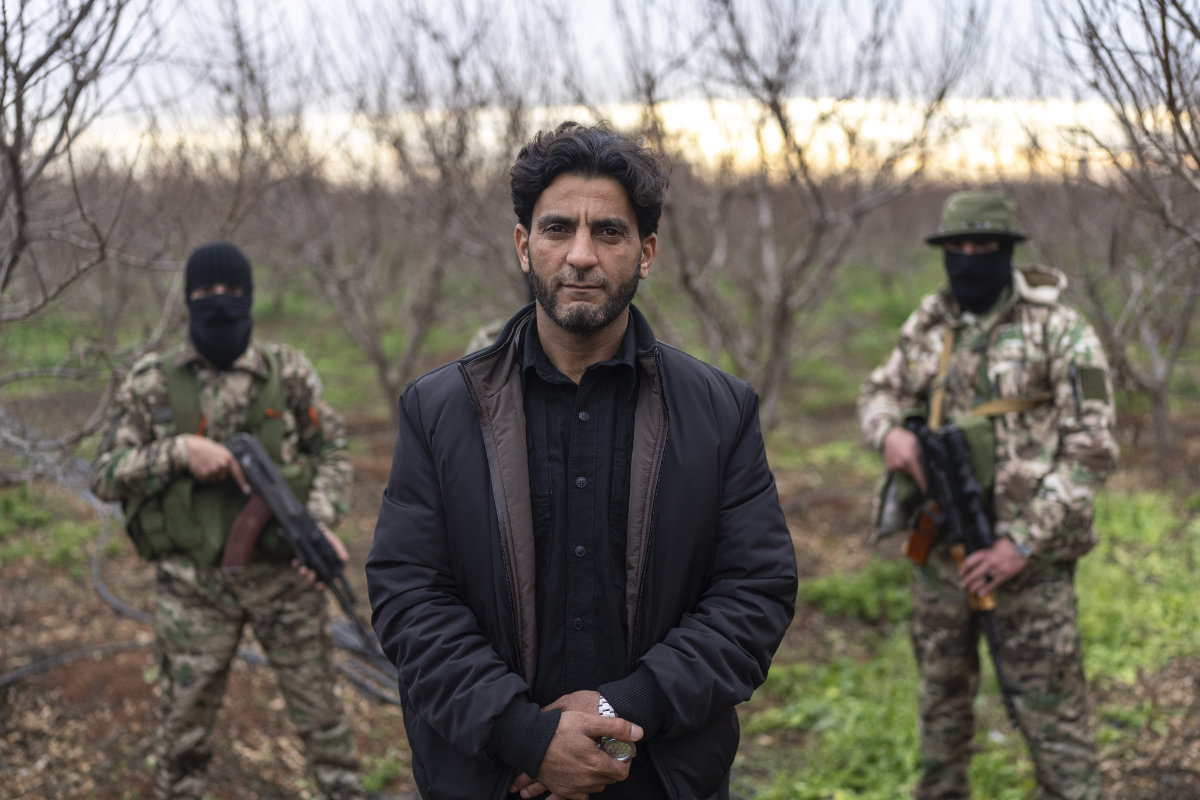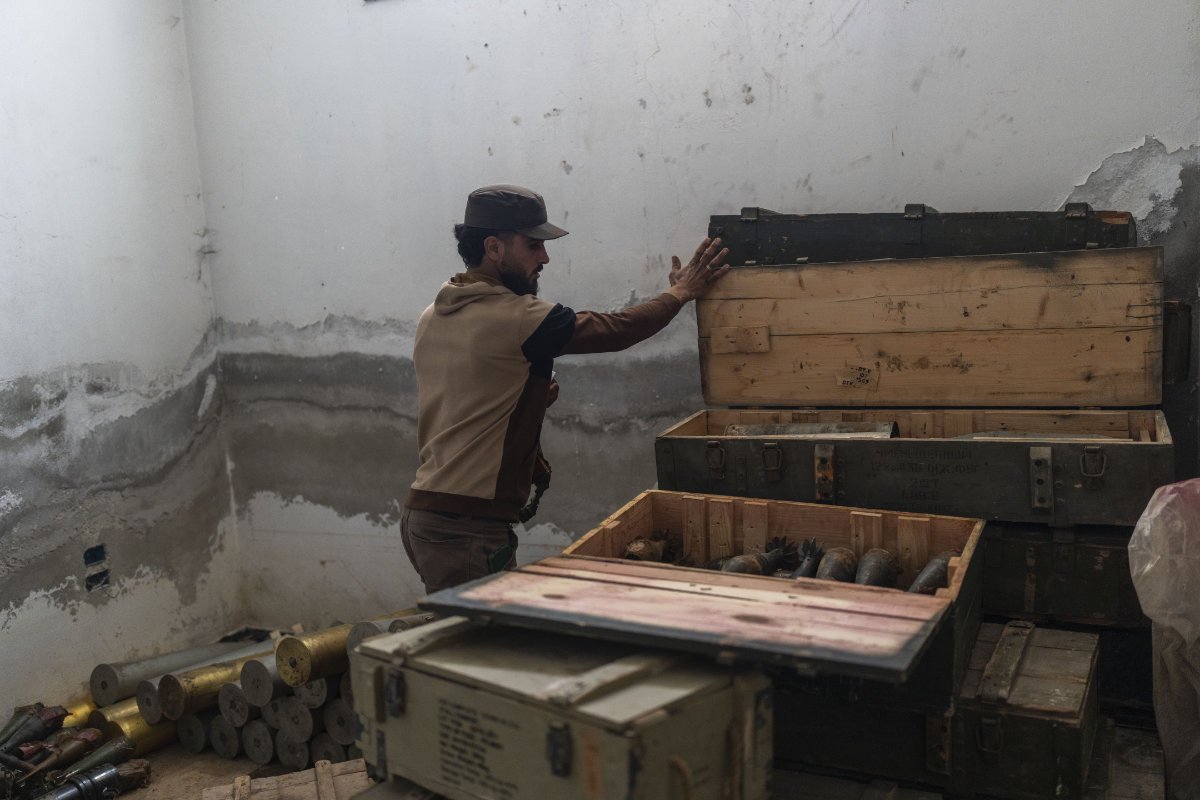DEIR AL-BALAH, Gaza: Israeli strikes killed at least 12 Palestinians in the Gaza Strip, mostly women and children, officials said Wednesday, as the nearly 15-month war ground on into the new year with no end in sight.
One strike hit a home in the Jabaliya area of northern Gaza, the most isolated and heavily destroyed part of the territory, where Israel has been waging a major operation since early October. Gaza’s Health Ministry said seven people were killed, including a woman and four children, and at least a dozen other people were wounded.
Another strike overnight in the built-up Bureij refugee camp in central Gaza killed a woman and a child, according to the Al-Aqsa Martyrs Hospital, which received the bodies.
The military said militants fired rockets at Israel from the Bureij area overnight and that its forces responded with a strike targeting a militant. The military also issued evacuation orders for the area that were posted online.
A third strike early Wednesday in the southern city of Khan Younis killed three people, according to the nearby Nasser Hospital and the European Hospital, which received the bodies.
The war began when Hamas-led militants attacked southern Israel on Oct. 7, 2023, killing some 1,200 people and abducting around 250. About 100 hostages are still held in Gaza, at least a third of whom are believed to be dead.
Israel’s air and ground offensive has killed over 45,000 Palestinians, according to Gaza’s Health Ministry. It says women and children make up more than half the fatalities but does not say how many of those killed were militants.
The Israeli military says it only targets militants and blames Hamas for civilian deaths because its fighters operate in dense residential areas. The army says it has killed 17,000 militants, without providing evidence.

The body of a victim of an Israeli army strike on a house in the Bureij refugee camp is carried for the funeral at the Al-Aqsa Martyrs Hospital in the central Gaza Strip town of Deir al-Balah on January 1, 2025. (AP)
The war has caused widespread destruction and displaced some 90 percent of Gaza’s population of 2.3 million, many of them multiple times.
Hundreds of thousands are living in tents on the coast as winter brings frequent rainstorms and temperatures drop below 10 degrees Celsius (50 F) at night. At least six infants and another person have died of hypothermia, according to the Health Ministry.
American and Arab mediators have spent nearly a year trying to broker a ceasefire and hostage release, but those efforts have repeatedly stalled. Hamas has demanded a lasting truce, while Israeli Prime Minister Benjamin Netanayhu has vowed to keep fighting until “total victory” over the militants.
Israel sees net departure of citizens for a second year
More than 82,000 Israelis moved abroad in 2024 and only 33,000 people immigrated to the country, Israel’s Central Bureau of Statistics said. Another 23,000 Israelis returned after long periods abroad.
It was the second year in a row of net departures, a rare occurrence in the history of the country, which was founded by immigrants from Europe and actively encourages Jewish immigration. Many Israelis, looking for a break from the war, have moved abroad, leading to concern about whether it will drive a “brain drain” in sectors like medicine and technology.

People sit at a flooded field hospital following heavy rains, amid the Israel-Hamas conflict, in Khan Younis in the southern Gaza Strip on December 31, 2024. (REUTERS)
Last year, 15,000 fewer people immigrated to Israel than in 2023. The Bureau of Statistics changed its reporting methods in mid-2022 to better track the number of Israelis moving abroad.
Military blames ‘weakening of discipline’ in death of archaeologist who entered Lebanon with troops
In a separate development, the Israeli military blamed “operational burnout” and a “weakening of discipline and safety” in the death of a 70-year-old archaeologist who was killed in southern Lebanon in November along with a soldier while visiting a combat zone.
According to Israeli media reports, Zeev Erlich was not on active duty when he was shot, but was wearing a military uniform and had a weapon. The army said he was a reservist with the rank of major and identified him as a “fallen soldier” when it announced his death.

Smoke rises from an Israeli strike as the Israeli military conducts operations inside the Gaza Strip on January 1, 2025, amid the ongoing conflict between Israel and Hamas. (REUTERS)
Erlich was a well-known West Bank settler and researcher of Jewish history. Media reports at the time of his death said he entered Lebanon to explore an archaeological site. The family of the soldier who was killed with him has expressed anger over the circumstances of his death.
The military launched an investigation after the two were killed in a Hezbollah ambush. A separate probe is looking into who allowed Erlich to enter.
The military said the entry of civilians who are not military contractors or journalists into combat zones is not widespread. Still, there have been multiple reports of Israeli civilians who support a permanent Israeli presence in Gaza or Lebanon entering those areas.























